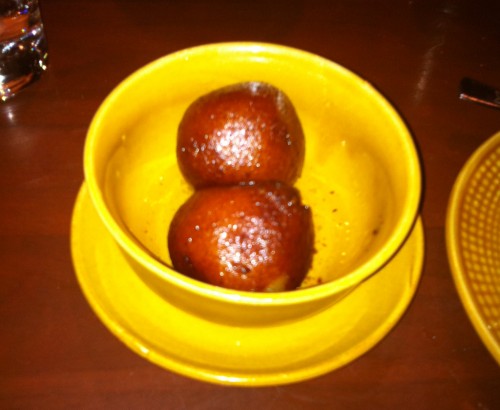My favorite part of any Indian meal is gulab jamun. I was relieved to find out the dessert I’ve devoured all these years outside of India is pretty much the same as it is in India. With food, there’s nothing more annoying than knowing exactly what you’re missing. What is gulab jamun? It is delicious […]
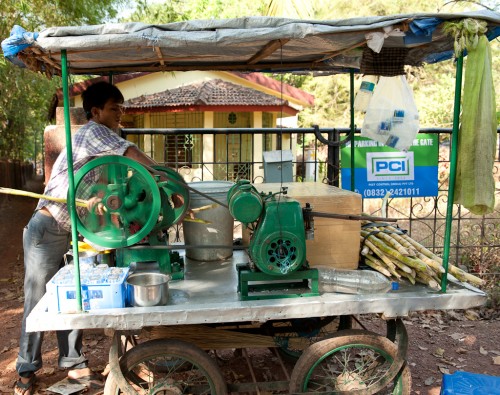
Roadside Refreshment: Sugarcane Juice
This popular summer drink is as delicious as it sounds. The vendor selects a few sugarcane stalks, feeds them through the press, and mixes the juice with additives such as ginger and lime.
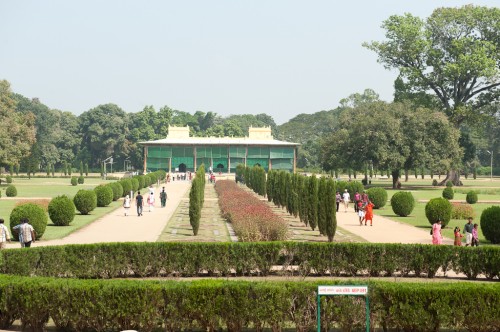
Daria Daulat Bagh
Or, summer palace. This structure was built in 1784 and was constructed atop a raised stone plinth. Teak pillars run along the edge, enclosing an exterior corridor. Practically every inch of the interior is covered with paintings depicting Hyder Ali’s and Tipu Sultan’s victories over the British and courtly life as well as lavish floral […]
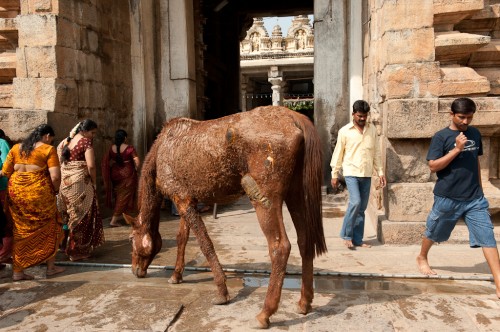
Sri Ranganatha Swamy Temple
This temple is dedicated to the Hindu god Ranganatha, a manifestation of Vishnu. The presiding deity is a statue of Ranganatha reclining on a huge multiple-hooded serpent, Sesha. This very important Vaishnavite shrine was built by the Gangas in 894 AD. To see the statue, you’ll have to go inside. I was too distracted by […]
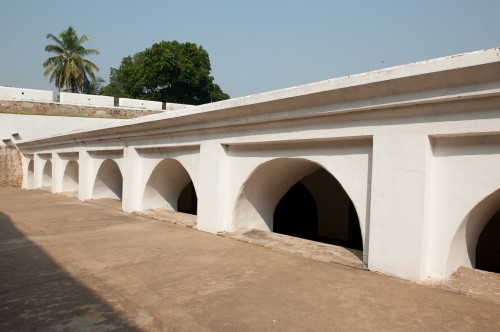
Colonel Bailey’s Dungeon
This vaulted brick-and-mortar dungeon was where Tipu Sultan held captured British soldiers. Or, rather, chained captured British soldiers to the interior stone slabs. The structure was named after prisoner Colonel Bailey who died here in 1782.
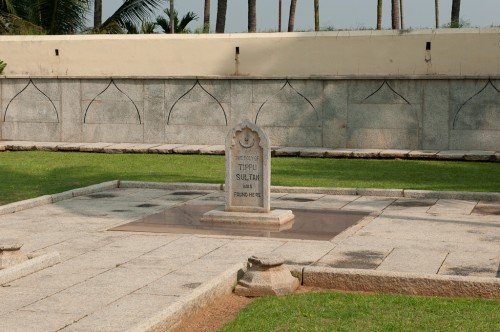
Tipu Sultan’s Place of Death
The end: Tipu Sultan’s body was found here amidst heaps of dead soldiers during the fourth Mysore war.
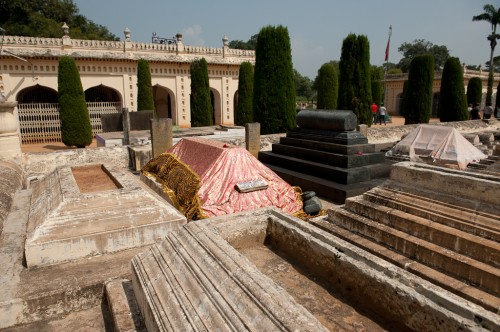
Gumbaz
Best son ever? Tipu Sultan built this tomb and mosque as a tribute to his father, Hyder Ali (1722-1784), after his death. The pillared, domed structure is typical of Isalmic architecture and was constructed on a stone plinth amidst a manicured garden. The interior chamber was painted with the tiger stripes associated with Tipu. Today, […]
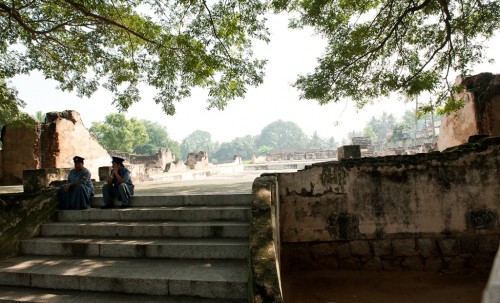
Lal Mahal Palace
Really, the ruins of Tipu’s former palace. Per British historians’ and travelers’ accounts, it was once quite stunning. The library was particularly impressive; after killing Tipu Sultan, the British soldiers brought the rare manuscripts and books once contained therein to England. The palace was dismantled between 1807-1809 AD. Excavations revealed a sophisticated system of underground […]
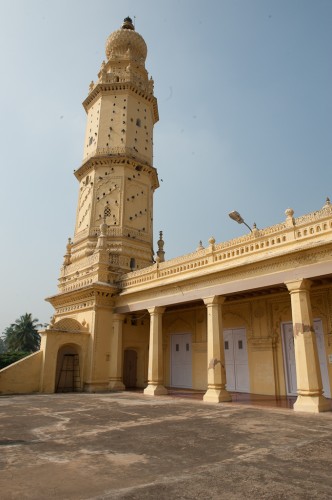
Jamia Masjid
This mosque was built by Tipu Sultan in 1787 AD and is a mix of Hindu and Islamic architecture. It’s in pretty sad shape now, but you can imagine the grandeur of centuries past. The main features are the two majestic minarets adorned with floral cornices and parapets. Climb a staircase to the top for […]
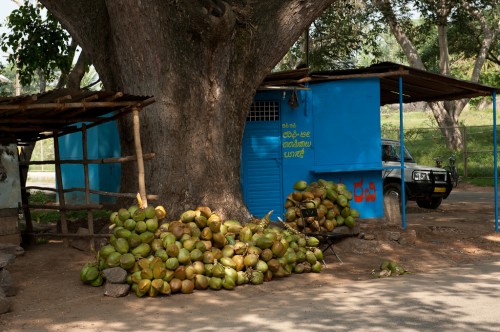
Srirangapatnam
It’s hard to believe Srirangapatnam, this tiny island-based fort town, was the de facto capital of much of southern India during the 18th century. Apparently, power-hungry father-and-son team Hyder Ali and Tipu Sultan preferred life in the slow lane, at least until 1799 when the British waged an epic battle and killed Tipu Sultan here […]
